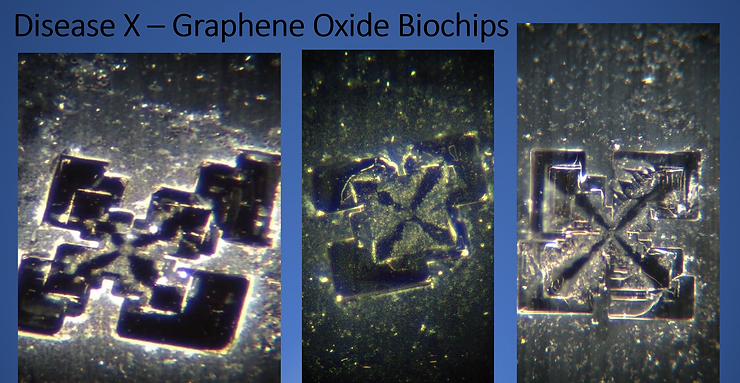Are they safe and effective or do we need more research?
Abstract Dr. Young Newsletter from February 2024
Graphene-based materials (GBMs) possess remarkable physiochemical properties, making them promising for diverse applications in biomedicine, agriculture, food, and industrial applications.
Human and environmental exposure to GBMs is increasing at an unprecedented rate, yet there is still a knowledge gap regarding the safety of GBMs. This review summarizes the physiochemical properties of GBMs and critically examines the possible effects of GBMs, both at the level of molecular mechanism and at the level of the organism.

Human and environmental exposure to GBMs is increasing at an unprecedented rate, yet there is still a knowledge gap regarding the safety of GBMs. This review summarizes the physiochemical properties of GBMs and critically examines the possible effects of GBMs, both at the level of molecular mechanism and at the level of the organism.

You Can Read the Entire Article by Clicking On the Link






